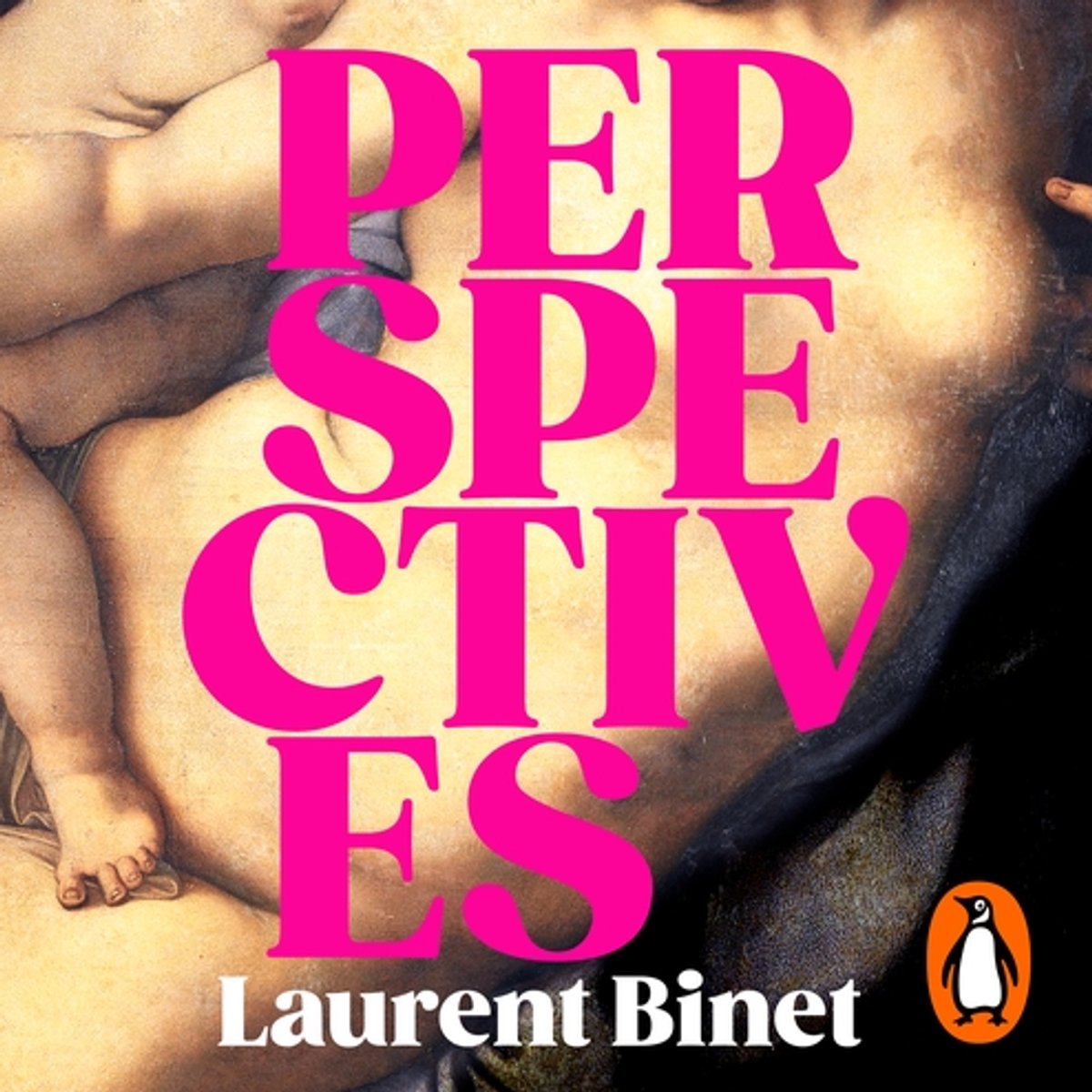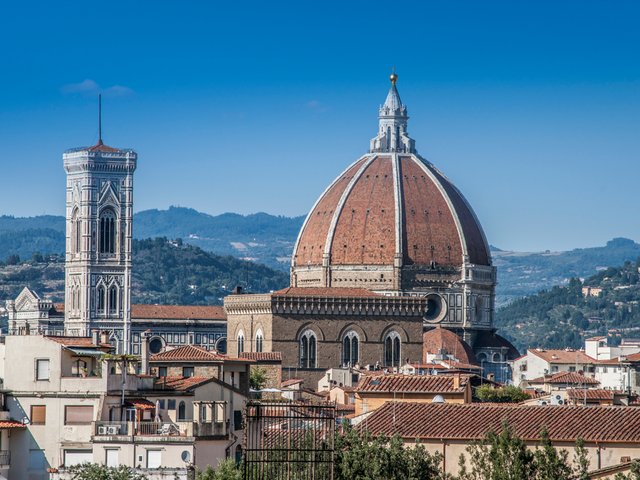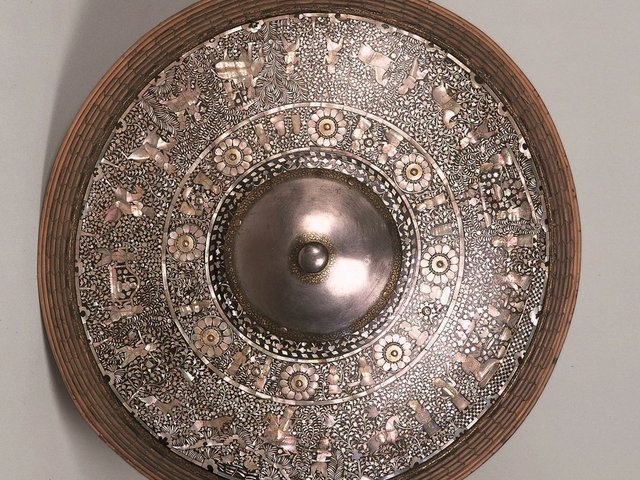The monumental frescoes in the choir of San Lorenzo in Florence, commissioned in 1546 by Cosimo I de’ Medici, Duke of Florence, were supposed to be the painter Jacopo da Pontormo’s artistic legacy. The most provocative of Italian mannerists, Pontormo (1494-1557) spent a decade perfecting them, in a race against his own declining health. Today only preliminary sketches remain: recreations of scenes from the Book of Genesis and the Last Judgment, showing piles of writhing, cascading bodies, with wide-open eyes and mouths seemingly cut into their mask-like faces. Pontormo’s younger rival Giorgio Vasari (1511-74), now remembered for his artist biographies rather than his art, hated Pontormo’s work. There was, he complained, no “order of composition” here, no attention paid to “any rule, proportion or law of perspective”.
In Perspectives, Laurent Binet’s intricately woven art-historical whodunnit, Pontormo’s frescoes are still intact. But their creator is not. As the novel begins, we learn from a letter sent by Vasari to Michelangelo Buonarroti that the artist’s dead body has been found, with a chisel rammed through his heart, directly beneath the wall with his fresco of the Deluge. The discovery that this exact portion was recently redone, in a style different from that of Pontormo, adds to the mystery. And then there are the sightings of a painting by Pontormo of a naked Venus with, scandalously, the face of Maria de’ Medici, the duke’s daughter.
The cringing detective
Binet paints a forceful portrait of the tangled relationships in Renaissance Florence through a series of fictitious letters from multiple correspondents, where just about everybody is out for their own advantage. Perhaps the most memorable character is the oleaginous Vasari, “a courtier who bends his will to the demands of his master” and hides his resentment and jealousy behind grovelling turns of phrase. It is to him, of all people, that Duke Cosimo turns to solve Pontormo’s murder.
Perspectives, fluently translated by Sam Taylor, employs some of the tried-and-true tricks of the epistolary novel genre, including the cache of old letters found in an antiques store and the thrilling sense of intimacy the reader gets from eavesdropping on private conversations. Binet (born in Paris in 1972) is known for his wickedly inventive, deeply researched novels: the brilliant HHhH (2010), about the assassination of Nazi leader Reinhard Heydrich; and the riotous The Seventh Function of Language (2015), a takedown of the fancy ways of high-class literary theorists. In Perspectives, Binet has done his homework on Florentine art history, without adhering too strictly to historical fact (Pontormo died of natural causes). Yet Binet’s writing is so smoothly persuasive that readers will ignore, for example, the impossibility of finding letters addressed to so many different people in one convenient package.
Binet wants you to enjoy his characters for who they are, not for whom they—more or less—accurately represent: the ageing, self-pitying Michelangelo, still labouring on the dome of St. Peter’s Basilica, absurdly worried about being forgotten; Pontormo’s nervous disciple Agnolo di Cosimo, called Bronzino, fretting about his ability to finish his master’s work; the calculating Catherine de’ Medici, the queen of France and cousin to Cosimo, who tries to con the naive Maria into helping her gain the Duchy of Florence; and many more.
The marksman’s art
Entering a fellow painter’s house in search of the notorious Venus portrait, Vasari suddenly finds himself face to face with another intruder (sent by the queen of France). In dire straits, he suddenly remembers Leon Battista Alberti’s teachings on the use of perspective in art (De pictura, 1435). Visually transforming space into a “pyramid of spokes converging on a single point”—in this case, the other man’s forehead—Vasari takes aim and shoots.
A single point of view might help you kill someone, but it does little to guide you through a complex, constantly changing world. When Pontormo’s murderer finally reveals himself to Vasari—it is not who you think it is!—this almost does not matter. “Nobody will hold you responsible,” responds Vasari. Soon a biblical flood to rival the one depicted in Pontormo’s fresco envelopes the city of Florence: to some, a sign of divine retribution. But in the context of Binet’s Perspectives, it is more likely a reminder that art will not let itself be contained within the walls of a church. Pontormo’s frescoes, with their many stories, their many points of view, might be gone today, but the idea of them lives on in Binet’s novel, which, like all great art, refuses to put limits on the richness of human experience.
• Perspectives, by Laurent Binet, translated from the French by Sam Taylor. Published 20 February by Harvill Secker, 272pp, $28/£18.99 (hb)




